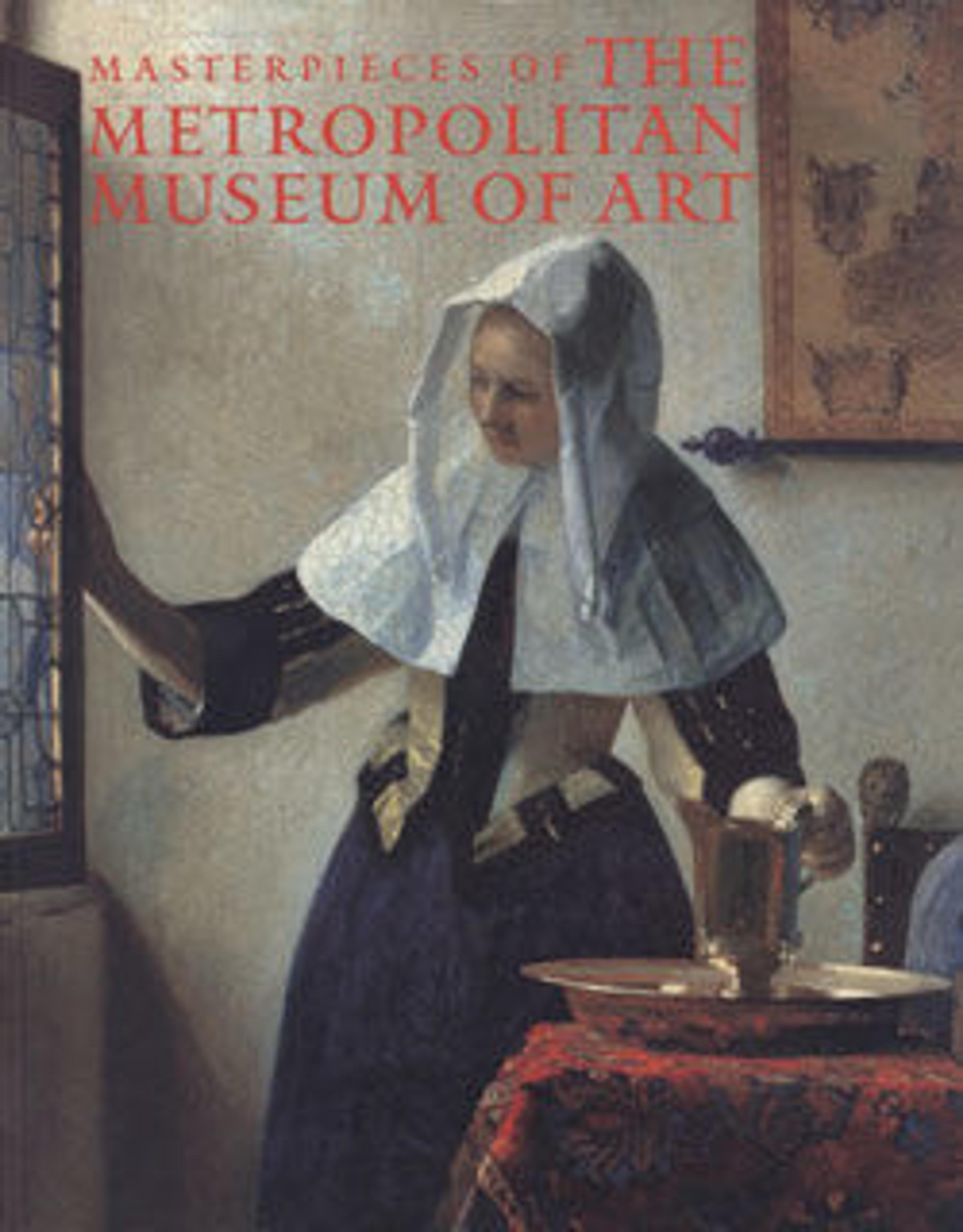Shimmer Bright
A key painter, theorist, and chronicler of Abstract Expressionism, Newman was concerned primarily with color and proportion to produce abstract evocations of transcendence. A relatively late work, Shimmer Bright features two of the painter’s signature "zips," vertical bands that segment the picture plane, hovering together near the left side of the composition. The visual effect is the presence of four "zips," as the white space mimics the width of the ultramarine blue. The attention to the left side causes Shimmer Bright to appear unbalanced, and the right side consequently seems to open up into infinite space (in the form of a six-foot square). While Newman painted earlier "zips" with rougher edges, these are sharper and more aligned with the vocabulary of Minimalism.
Artwork Details
- Title:Shimmer Bright
- Artist:Barnett Newman (American, New York 1905–1970 New York)
- Date:1968
- Medium:Oil on canvas
- Dimensions:72 × 84 1/4 in. (182.9 × 214 cm)
- Classification:Paintings
- Credit Line:Gift of Annalee Newman, 1991
- Object Number:1991.183
- Rights and Reproduction:© 2025 Artists Rights Society (ARS), New York
- Curatorial Department: Modern and Contemporary Art
More Artwork
Research Resources
The Met provides unparalleled resources for research and welcomes an international community of students and scholars. The Met's Open Access API is where creators and researchers can connect to the The Met collection. Open Access data and public domain images are available for unrestricted commercial and noncommercial use without permission or fee.
To request images under copyright and other restrictions, please use this Image Request form.
Feedback
We continue to research and examine historical and cultural context for objects in The Met collection. If you have comments or questions about this object record, please contact us using the form below. The Museum looks forward to receiving your comments.
